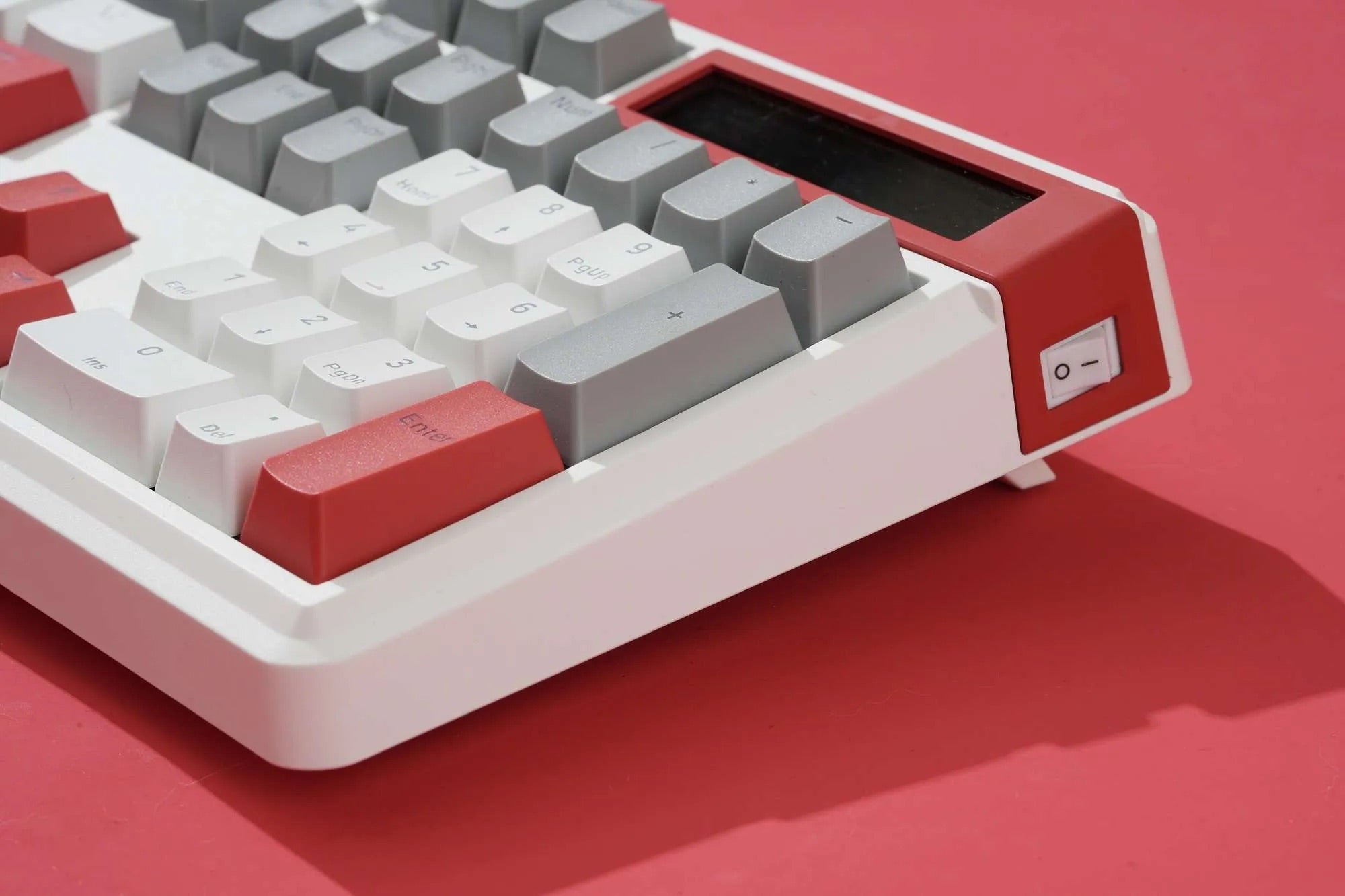Typing for long hours on traditional keyboards often leads to discomfort, fatigue, and even long-term health issues like wrist pain or repetitive strain injuries (RSIs). Mechanical keyboards, known for their tactile feedback and customizable features, offer numerous benefits that help users maintain better posture and enjoy a more comfortable typing experience.
1. Enhanced Key Travel and Actuation
One of the standout features of mechanical keyboards is their superior key travel and tactile feedback. This has several ergonomic benefits:
-
Reduced Finger Fatigue: The tactile and audible feedback allows users to type without bottoming out, minimizing the need for excessive force.
-
Improved Typing Efficiency: Mechanical switches offer a precise actuation point, reducing accidental keystrokes and unnecessary hand movements.
This optimized key travel helps maintain a more relaxed hand posture during typing sessions.
2. Ergonomic Layout Options
Mechanical keyboards come in various layouts designed to promote healthier typing positions:
-
Split Keyboards: These allow each half of the keyboard to be positioned at a natural angle, reducing strain on the shoulders and wrists.
-
Tented Keyboards: Some models allow the keyboard to tilt upward in the center, which encourages a more neutral wrist position.
-
Compact Layouts: TKL (tenkeyless) and 60% keyboards eliminate unnecessary keys, bringing the mouse closer and reducing shoulder movement.
These configurations help users find a setup that suits their ergonomic needs.
3. Switch Customization for Comfort
Mechanical keyboards offer a variety of switches, each with unique characteristics:
-
Linear Switches: Smooth keypresses without tactile bumps, ideal for those who prefer consistent pressure.
-
Tactile Switches: Provide a noticeable bump, helping users avoid bottoming out.
-
Clicky Switches: Offer both tactile and audible feedback, enhancing typing precision.
Choosing the right switch type can significantly reduce strain and improve typing comfort.
4. Keycap Profiles and Customization
Mechanical keyboards support various keycap profiles, including:
-
OEM and Cherry Profiles: Offer sloped designs for more natural finger positioning.
-
DSA and SA Profiles: Provide uniform or high-profile options depending on user preference.
Selecting keycaps that fit your typing style can contribute to better posture and reduce finger fatigue.
5. Wrist Rests for Proper Support
Many mechanical keyboard setups include or support wrist rests, which:
-
Promote Neutral Wrist Alignment: Help maintain straight wrists, reducing the risk of carpal tunnel syndrome.
-
Enhance Comfort: Provide a cushioned surface for wrists during long typing sessions.
Pairing a wrist rest with your mechanical keyboard can further improve typing posture.
6. Durability and Consistent Performance
Mechanical keyboards are built to last, often rated for millions of keystrokes:
-
Consistent Tactile Feedback: Ensures that keys maintain their performance over time.
-
Reliable Typing Experience: Helps users develop and maintain healthy typing habits without the frustrations of degraded key performance.
This longevity supports sustained ergonomic benefits and minimizes the need for replacements.
Conclusion
Switching to a mechanical keyboard can be a transformative step toward improving typing posture and comfort. With customizable switches, ergonomic layouts, and supportive accessories like wrist rests, mechanical keyboards provide an optimized typing experience that promotes better hand and wrist health. Whether you're a professional typist, a gamer, or someone who spends hours at a desk, investing in a mechanical keyboard is a smart move for long-term comfort and productivity.






